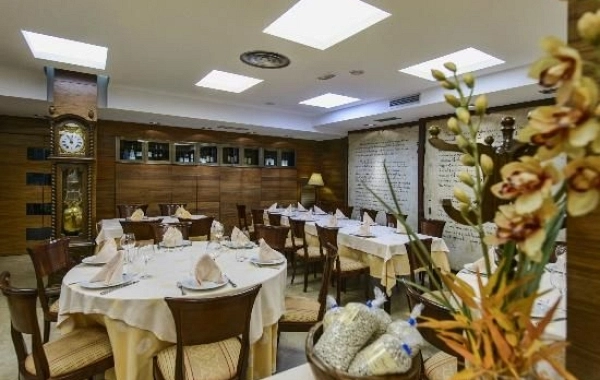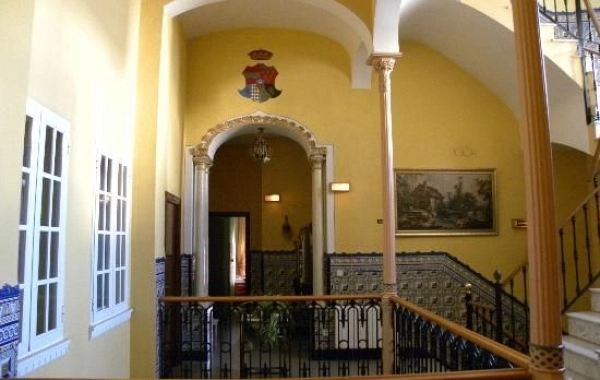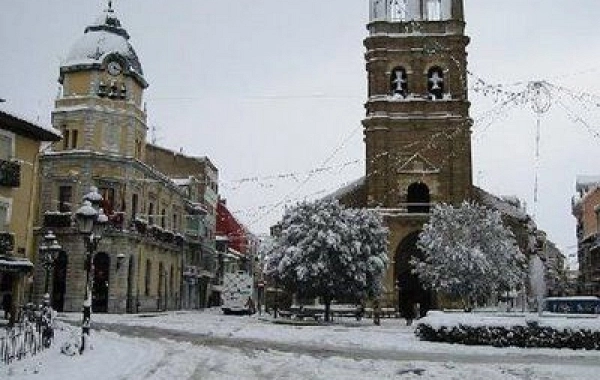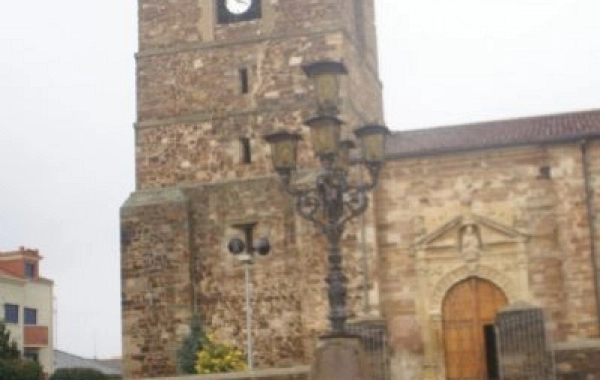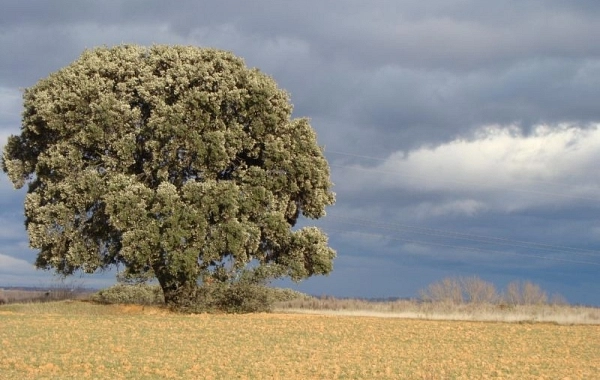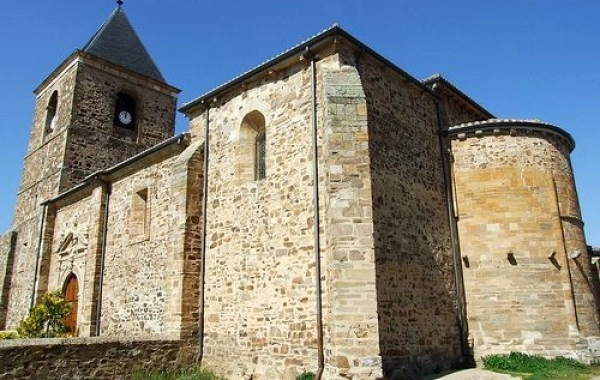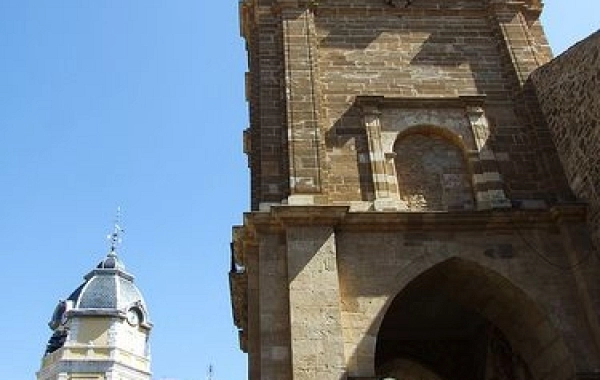VP25 - Alija del Infantado - La Bañeza - 20,5 km
Distance21 Km.Related packages
Camino de Santiago: Stage from Alija del Infantado to La Bañeza
Route from Alija del Infantado to La Bañeza
The stage begins in Alija del Infantado, where we leave the village by the road, with the Cruz de Santiago on our right as our guide. After just four kilometers, we arrive at the village of Nora del Río. We continue another three kilometers on the same road to reach Genestacio. Following the same route, with small sections of isolated paths, we pass successively through the villages of Quintana del Marco, Villanueva de Jamuz, and Santa Elena de Jamuz. After crossing the highway and the railway tracks, we arrive at La Bañeza, known in Roman times as Beduna.
La Bañeza: A City with History and Tradition
A Bit of History
La Bañeza, situated at 770 m above sea level, has a rich history of hospitality dating back to the year 932, when a hospital was mentioned that attended to pilgrims traveling along the ancient Roman roads on their way to Santiago. In Roman times, the city was known as Bedunia, and it was repopulated in the 10th century, becoming known as Vanieza. Its importance grew significantly in the 16th century due to its market, one of the most notable in Castile and León. The well-known saying "God made Saturday, the monks made the market, and the merchants built the town" perfectly reflects the city's history and identity. Today, La Bañeza is famous for its horticultural products, especially its beans, which have worldwide recognition.
What to See in La Bañeza
Church of Santa María
Built in the 16th century, this church with a Latin cross plan has three naves and an unfinished tower, built in the 17th century. Inside, the baroque altarpiece with the Piety of Gregorio Fernández stands out, one of the five that this famous sculptor created. This piece is the last in the series of Pieties Fernández created.
Church of the Savior
Originally built in medieval times, the church was destroyed by Almanzor and rebuilt in the 17th century. The main altarpiece is dedicated to the Savior, and in the Chapel of Jesus, some of the steps of Holy Week are kept. Among them, the image of the Nazarene, attributed to the sculptor Luís Salvador Carmona, stands out.
Monastery of the Savior
Founded in the 10th century, the monastery has undergone significant reforms over the centuries, blending Romanesque and Renaissance styles. During the invasion of Almanzor, the monastery was destroyed, but today some remnants of its original structure are still preserved.
Stages
- VP01 Sevilla - Guillena , 22 km
- VP02 - Guillena - Castilblanco de los Arroyos - 19 km
- VP03 - Castilblanco de los Arroyos - Almadén de la Plata - 29,5 km
- VP04 - Almadén de la Plata-Monesterio - 34,5 km
- VP05 - Monesterio-Fuente de Cantos - 21,6 km
- VP06 - Fuente de Cantos - Zafra - 24,6 km
- VP07 - Zafra - Almendralejo - 36,7 km
- VP08 - Almendralejo - Mérida - 29,6 km
- VP09 - Mérida - Alcuéscar - 36 km
- VP10 - Alcuéscar - Valdesalor - 25,7 km
- VP11 - Valdesalor - Casar de Cáceres - 22,8 km
- VP12 - Casar de Cáceres - Cañaveral - 33,2 km
- VP13 - Cañaveral - Galisteo - 28 km
- VP14 - Galisteo - Cáparra - 29,5 km
- VP15 - Cáparra - Baños de Montemayor - 28,5 km
- VP16 - Baños de Montemayor - Fuenterroble de Salvatierra - 32,9 km
- VP17 - Fuenterroble de Salvatierra - San Pedro de Rozados - 28 km
- VP18 - San Pedro de Rozados - Salamanca - 23,4 km
- VP19 - Salamanca- El Cubo de la Tierra del Vino - 35 km
- VP20 - El Cubo de la Tierra del Vino - Zamora - 31,6 km
- VP21 - Zamora - Montamarta - 18,5 km
- VP22 - Montamarta - Granja de Moreruela - 22,7 km
- VP23 - Granja de Moreruela - Benavente - 25,5 km
- VP24 - Benavente - Alija del Infantado - 22,1 km
- VP25 - Alija del Infantado - La Bañeza - 20,5 km
- VP26 - La Bañeza - Astorga - 24,2 km




